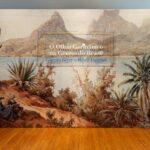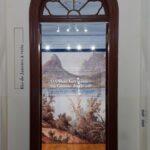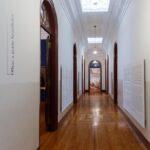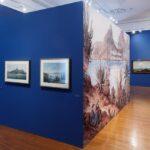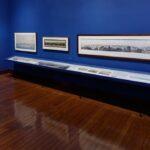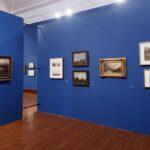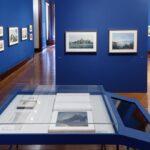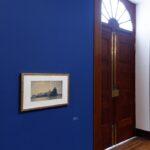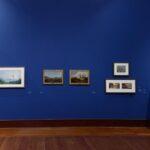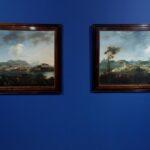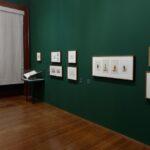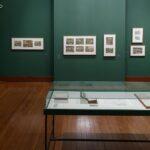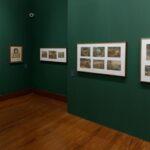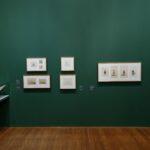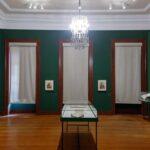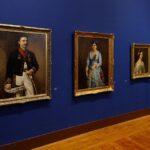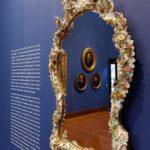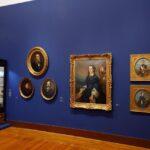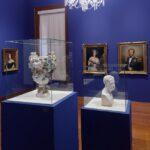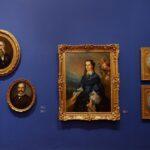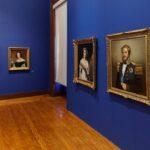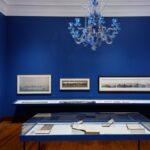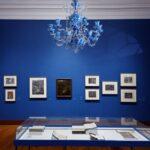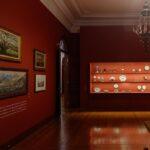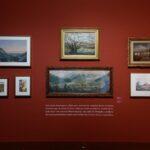
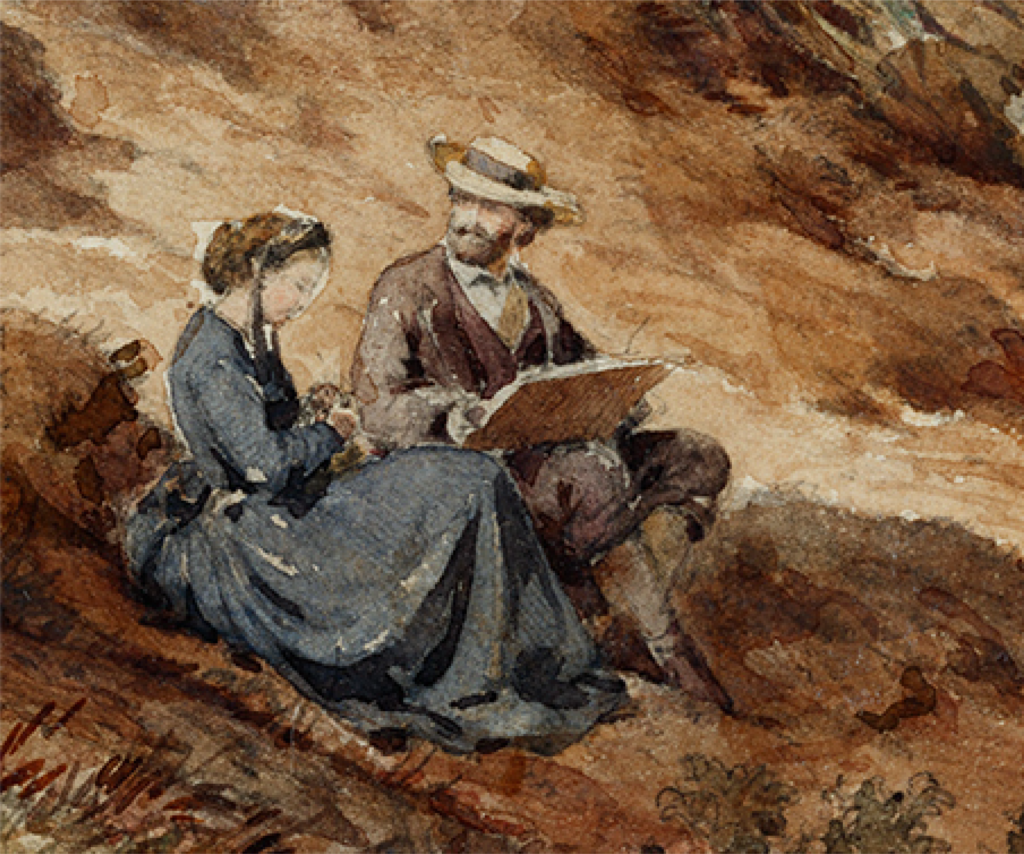
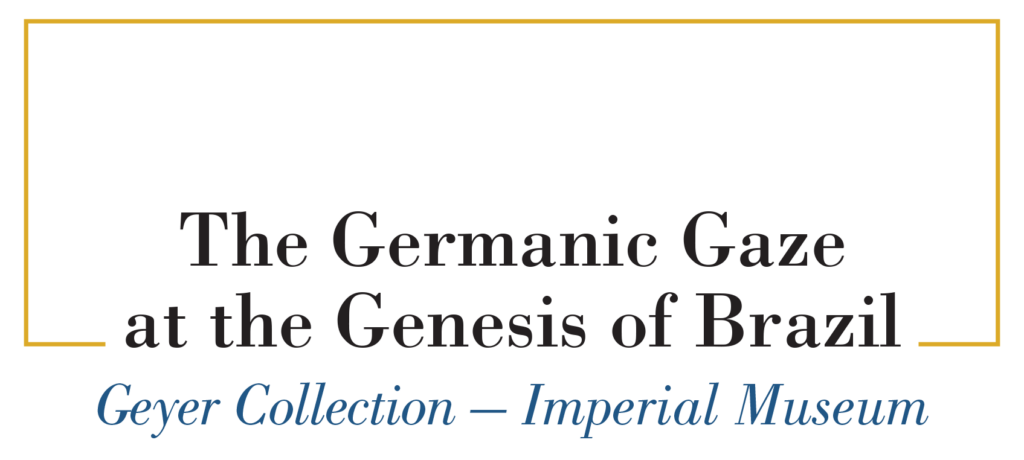
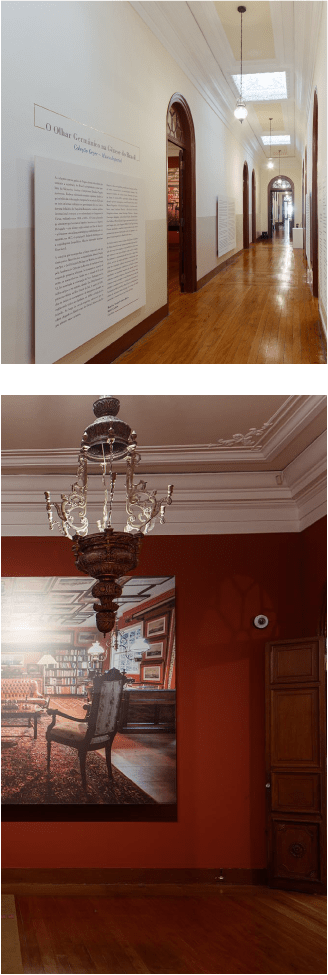
Relations with German-speaking countries predate not only the existence of independent Brazil but also of Germany, Austria, and Switzerland as modern nation-states. Although there were sparse contacts since the early days of European colonization, it was only in the 19th century that the two cultural spheres really came together. With the final defeat of Napoleon Bonaparte, the international political order began to be redrafted at the Congress of Vienna, held between 1814 and 1815. There, the seeds were planted that led the Austrian Empire and the Portuguese Empire, the capital of which was then in Rio de Janeiro, to establish a strategic alliance – symbolized by the marriage, in 1817, of crown prince Pedro de Alcântara to archduchess Leopoldina, daughter of the Austrian emperor Francis I.
The entourage that accompanied the future empress on her visit to Brazil included the naturalists Johann Baptist von Spix and Carl Friedrich Philipp von Martius, charged by the Bavarian Academy of Sciences with undertaking a long research expedition across the country. From that point onwards, exchanges of all sorts substantially increased. Still under the reign of king John VI, the colonization of Nova Friburgo by Swiss families, followed by German ones, was authorized. In 1824, the first colony was formed in the then province of Rio Grande do Sul. From 1837 onwards, German immigrants began to settle in the region where the city of Petrópolis would be founded in 1843. Over the following century, an estimated 250,000 speakers of the German language and its variants arrived in Brazil.
Cultural contributions rank high among the varieties of Germanic input to Brazilian society, not least of which in the realm of visual culture. During the 19th century, important German-speaking artists passed through the country – landscape painters such as Thomas Ender, Johann Moritz Rugendas, and Friedrich Hagedorn; famous portraitists such as Ferdinand Pettrich and Ferdinand Krumholz; lithographers and publishers such as Henrique Fleiuss and Georges Leuzinger; photographers such as Albert Frisch, Alberto Henschel, and Revert Henry Klumb. Some remained in the country for many years, such as Augusto Müller, Ernst Papf, and Georg Grimm, helping to shape the local artistic milieu. Others promoted intense exchanges with their countries of origin, distributing images of Brazil all over the world.
The artistic exchanges between Brazilian culture and German-speaking countries were of great importance in the development of the respective nations and nationalities, especially since they took place at a formative juncture for both sides. In recording and representing the flora, fauna, and people of Brazil, artists of Germanic origin contributed to creating an enduring image of tropical nature. They also allowed the inhabitants of Brazil to see themselves mirrored in the pictorial repertoire of a then rapidly expanding modern world. The echoes of that dialogue travel through time and come down to us, filtered through generations of artists and amateurs, collections, and institutions. The gaze of collectors Maria Cecilia and Paulo Geyer, also of German descent, managed to recognize in the exoticism of past visions the seeds of what is familiar to us today.
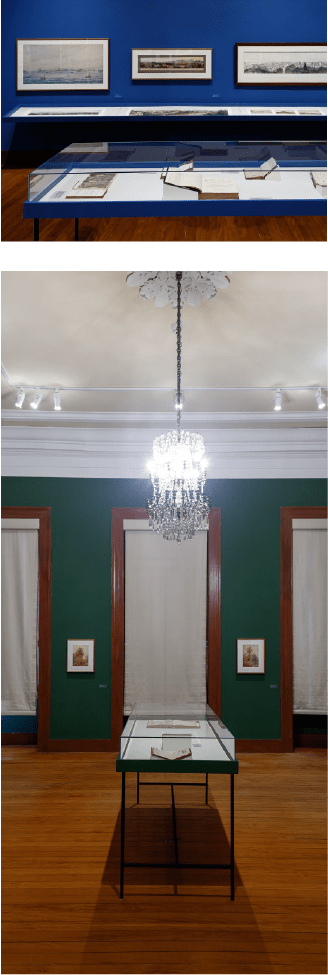
Exhibition
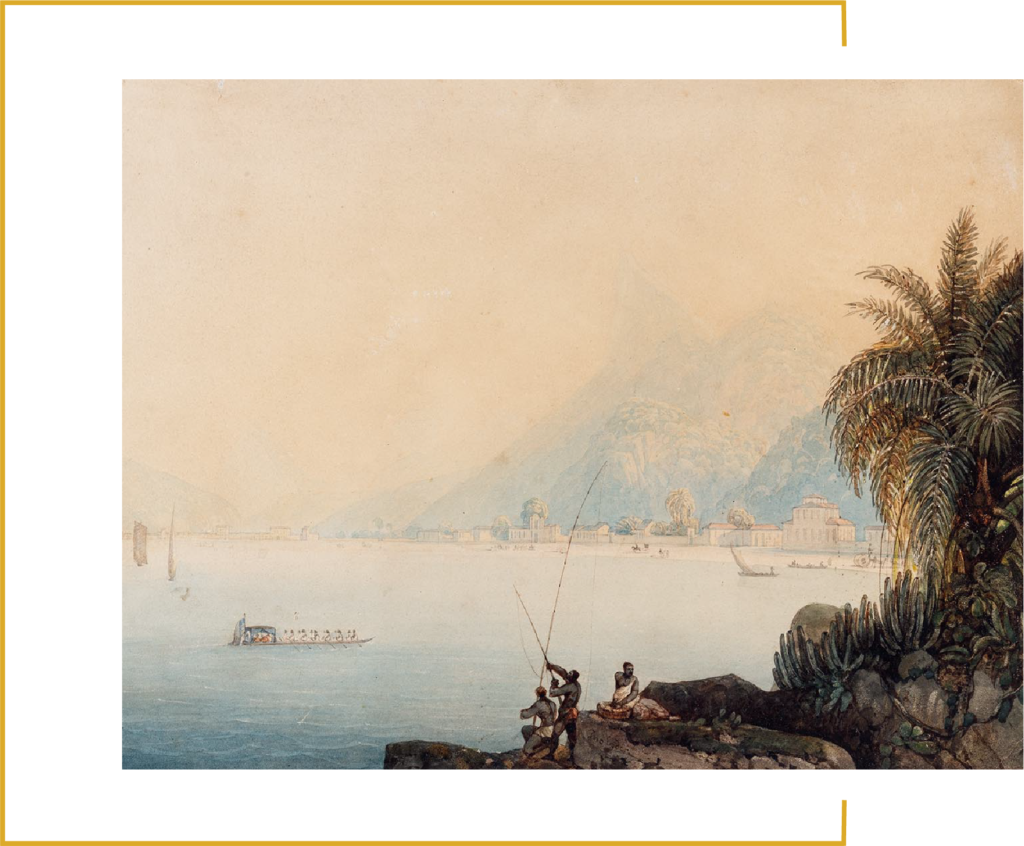
A view to Rio de Janeiro
The landscape of Rio de Janeiro has long dazzled travelers from overseas. As the capital of colonial Brazil, from 1763 onwards, Rio was the port of entry for most foreigners arriving in the country…
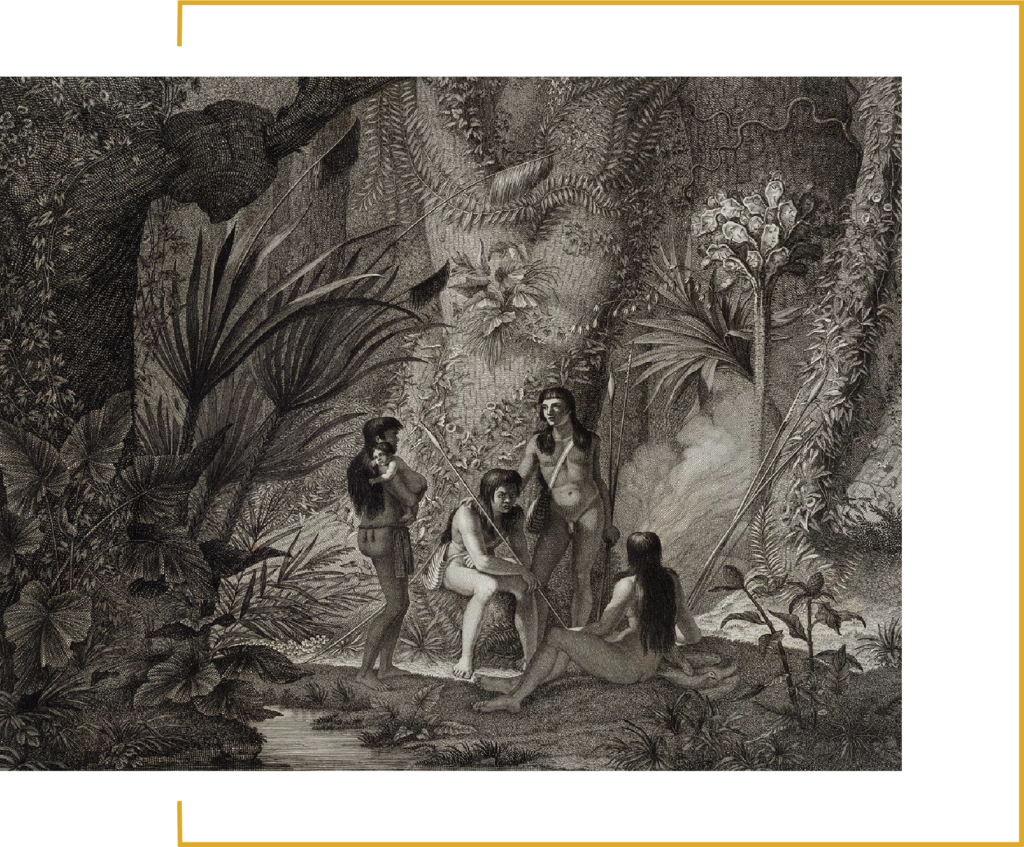
Imagining Brazil
Contrary to what nationalist histories have long professed, nations are neither determined by nature nor by the ethnic composition of their peoples. Nations are imagined communities…

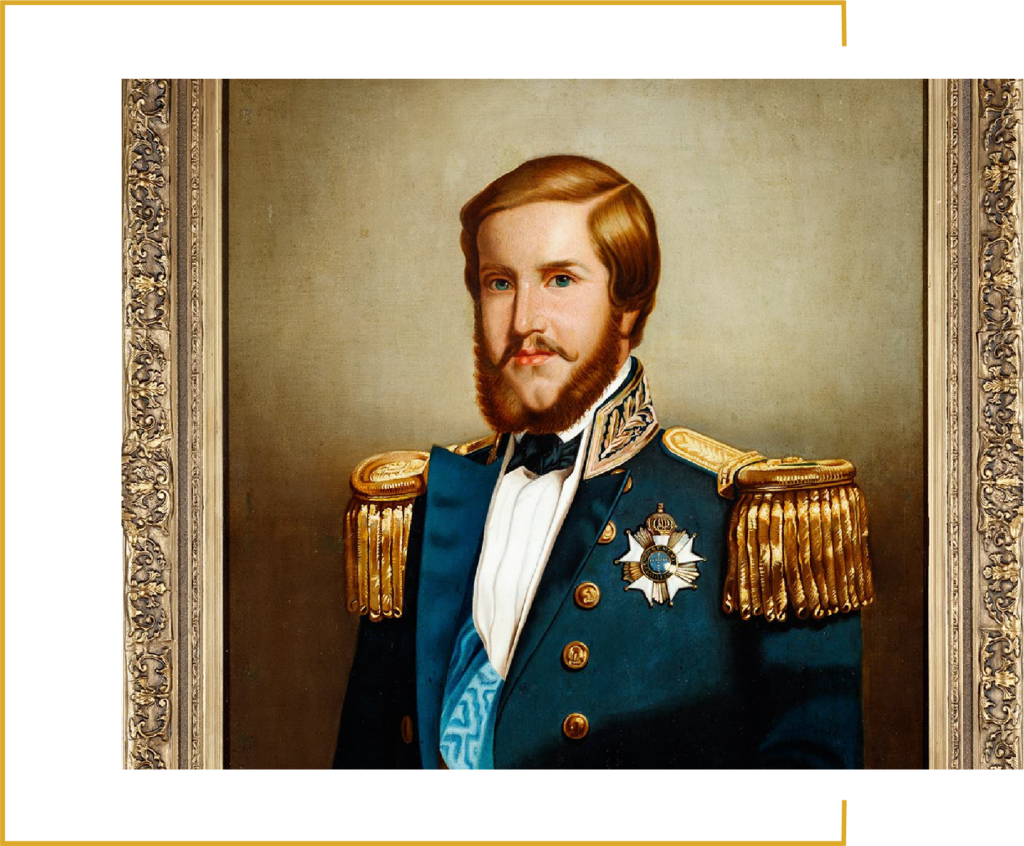
Portraits of court life
For most of the 19th century, Brazil lived under a monarchical regime – firstly as an integral part of the Portuguese Empire and, after Independence, as a parliamentary monarchy until 1889…
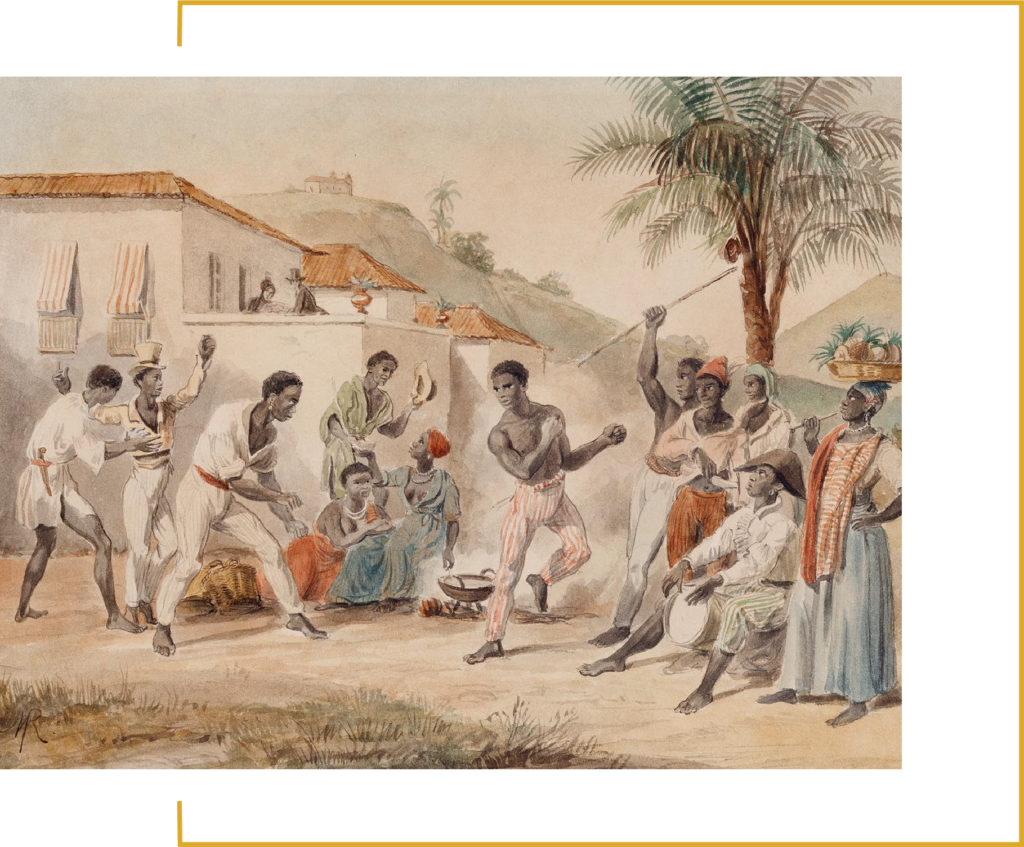
A gaze upon the people of Brazil
Sensitive to facts not everyone wanted to see, 19th-century artists documented the daily life of a society still caught up in the perverse relationships around slavery. The population of imperial Brazil was not composed only of noblemen and dignitaries…

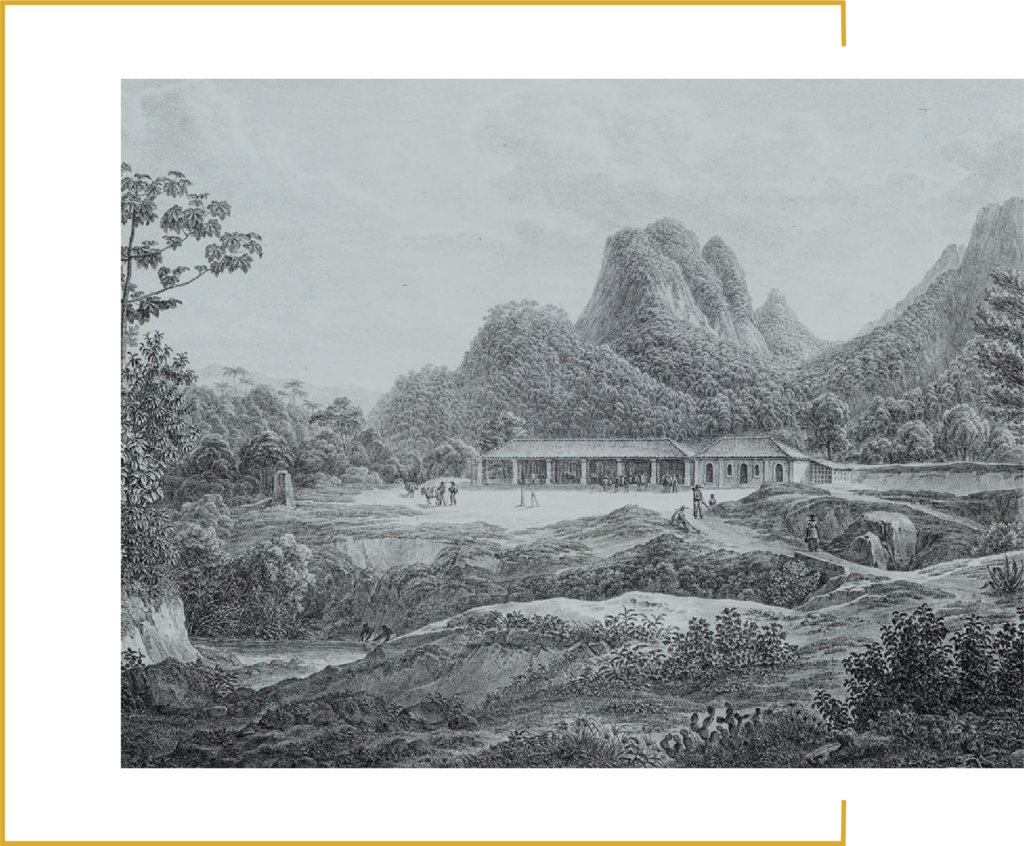
The collector's gaze
Maria Cecilia and Paulo Geyer spent decades collecting the more than four thousand objects that make up the Geyer Collection. In 1999, the couple donated their collection and the majestic house in which it was housed…
Art Exhibition The Germanic Gaze at the Genesis of Brazil
Curatorship Maurício Vicente Ferreira Júnior and Rafael Cardoso

